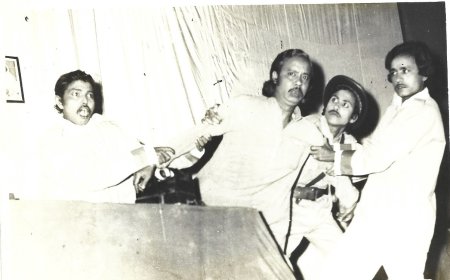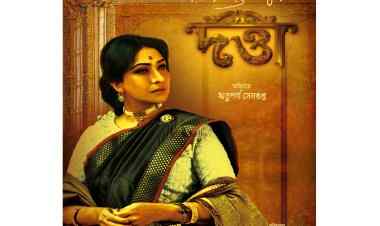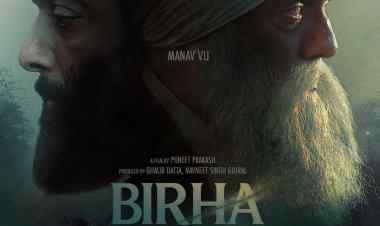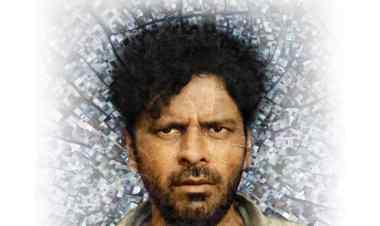GAME ON….SEVEN FILMS ON SPORTS AND SPORTS-PERSONS at the 28TH KIFF
A sports film needs to be extremely detailed in terms of technique and training, writes Shoma A. Chatterji.
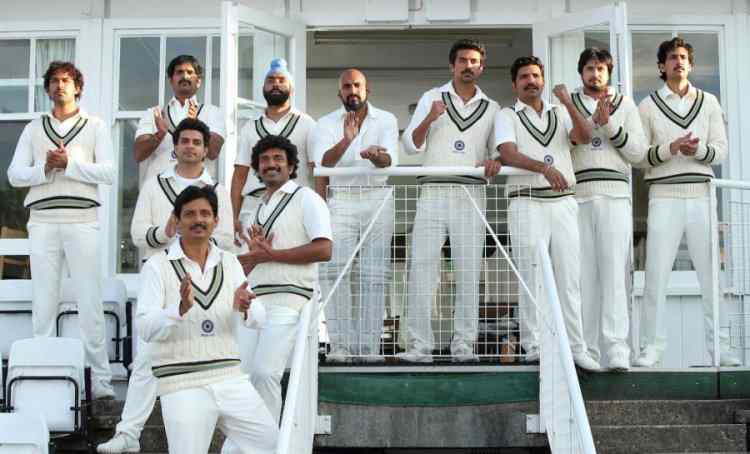
One of the surprise packages in the screening programme of the 28th KIFF was the section named ‘Game On’, which comprised of seven very good films on sports-persons rather than on sports, each film distinct in its own way. Most of them are famous sports- persons but there are a few little-known ones too such as Chak De India (2007) said to be based on reality but is fictional. Or Koni (1984), the sole Bengali film directed by Saroj Dey that found place among all the Bollywood ones. The other films lined up for screening were ‘83 (2021) directed by Kabir Khan, MS Dhoni – The Untold Story (2016) directed by Neeraj Pandey, Dangal (2016) by Nitesh Tiwary, Bhaag Milkha Bhaag (2013) directed by Rakeysh Omprakash Mehra, and Mary Kom (2014) directed by Omang Kumar. Strangely, Irrfan Khan-starrer Paan Singh Tomar which brought him the National Award for Best Actor does not feature in this list.
Also missing were films like Lagaan, Kai Po Che, Chhalang, Shabash Mithu, Jersey, Soorma and Jo Jeeta Wohi Sikandar among others. Also missing was Iqbal, a simple film about the hurdles faced by a promising cricketer because he comes from a very poor background and has a physical disability to boot. Shabash Mithu is a film on the struggles and rise of Mithali Raj, the captain of the Indian Women’s Cricket Team, who, despite her illustrious record both as an individual batsman as well as the cricket captain, announced her retirement from all kinds of cricket on behalf of India. We do not see Mithali growing in years as a cricketer with a career span of 23 long years. She appears, in terms of build and age, to remain 16 throughout the film.
A sports film needs to be extremely detailed in terms of technique and training and the actual framing and choreographing of the sports scenes is Saala Khadoos. R. Madhavan, an intense actor who has played reasonably ‘cool’ roles in Bollywood and in Southern films, produced and acted in a film centred on boxing which was a very big hit in the southern version but not so in the Hindi belt. The film featured two female boxers who knew boxing.
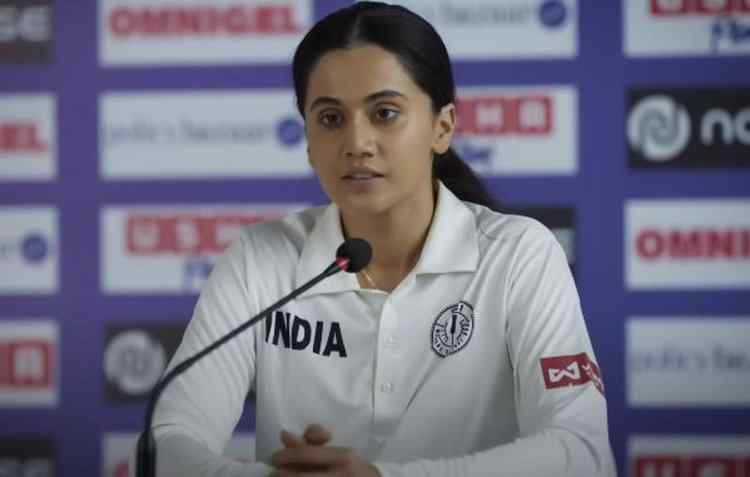
About his role in the film of a winning boxer who was thrown out of the ring and had to redeem himself by training a champion, Madhavan says, “I went through extensive training in amateur boxing under Hollywood experts who specialise in training actors. This is the most physically challenging role I have ever done. I spent nearly two years in the gym, trying to look the part though we shot only for 44 days. I went through intense body conditioning regime in Los Angeles in 2013 because the role needed rigorous preparation. When I got into the boxing ring the first time, I did not last for even a minute. This made me change my perspective about boxers and I now respect them. Shilpa Shetty, a close friend, helped me gain and lose weight effectively during the period, doubling up as my dietician and fitness coach.”
Iqbal essays the dilemma of small town talents trying to make up the means to attend a sports school or clinics with a meagre family income and innocent guardians who do not have anything to do with such ‘costly affairs’. But Iqbal’s determination and the guidance from an alcoholic coach Mohit (Naseeruddin Shah) with limited resources available, prompted him to think big. It shows how success can be achieved by an individual’s self confidence, optimism and hard work cutting across all odds that we face in our day-to-day life. Life for people like Iqbal is difficult. The drunkard coach and the owner of the coaching academy would represent the society which is filled with evils and impurity. All aspects of destiny, fortitude and diligence unfold in Kukunoor’s film so smoothly that viewers are taken aback by the emotional effects. The politics of sports is also regenerated to give a real sense of happenings and events in the world of sports.[1]
Kony, that tackles the guru-shishya relationship between a poor swimming coach and a very promising swimmer who lives in extreme poverty with her mother, is counted among the most outstanding performances by Soumitra Chatterjee as Khit-da, the immortalised character who plays the swimming coach and keeps on pushing his pupil to put in her best among other girls coming from upper classes with better sources of training, nutrition and time. The name of the character he played was Khitish Singha shortened to Khit-da which immortalised the film because of Soumitra Chatterjee’s historic performance. He broke out of from the romantic image and helped shape the character through make-up and costume to make it realistic and convincing. At one point in the film, he tells another character, “The coach’s challenge is to arouse the desire and to motivate the swimmer. When one does succeed, it is at the risk of poverty, superstition, illiteracy and other obstacles. But one should not accept defeat. Fight, fight, fight!”
The film is about a girl living in Calcutta slums, who with the help of her coach triumphs over poverty and hardships. The film's lead Sriparna Banerjee was a professional swimmer herself in the 1970s and at the time of casting a student of Jadavpur University. But Kony was her first and last film. The dialogue “Fight Kony Fight” has become an iconic phrase within the history of Bengali cinema. Kony bagged the National Award for Best Popular Film Providing Wholesome Entertainment at the 32nd National Film Awards. Soumitra considered Khitish Singha to be one of his outstanding experiences as an actor.
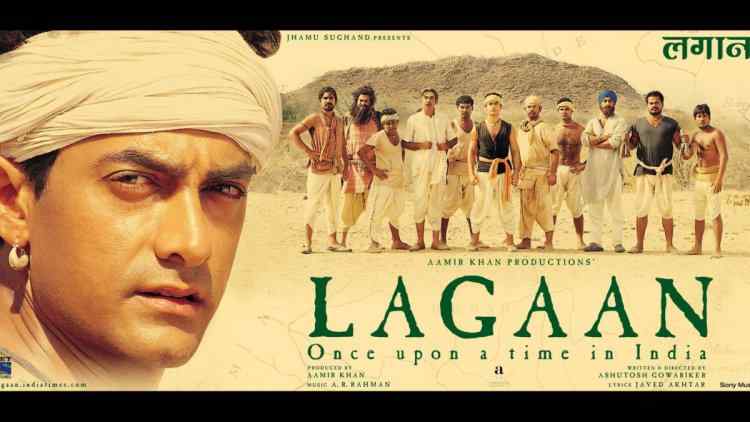
Paan Singh Tomar was an Indian Army soldier who was also an exceptional athlete jump) at the National Games seven years in a row and his record remained unbeaten for ten years. In the 1960s and 1970s, he represented India at international competitions. But even after so many triumphs, he could not manage even to make a meagre living and was forced to become a dacoit. Paan Singh Tomar, the film, was first premiered in 2010 at the British Film Institute London Film Festival.
“I also undertook lessons on voice modulation and pronunciation as I had to speak in local dialect. The character required me to be physically fit. Hence after the shoot, I would exercise. Chambal is a beautiful place, so I would go for jogs in the evenings,’ said Irrfan Khan. His hard work bagged him the National Award for Best Actor. He added that the film had changed his way of looking at life, discipline and commitment.
Bollywood cinema has recently shown an inclination towards films dealing with sports and with sportsmen, both in the form of documentary, as fiction, docu-fiction and documentary films. The purely fictional films are free to play around with the language of cinema with songs, conflict, drama, romance and so on and if handled with proper planning and good production values and are likely to hit the jackpot. The best example is Amir Khan’s magnum opus Lagaan. Fictional films based on the lives of real sports persons might not have had similar commercial success or even popularity, with of course, a few exceptions like Bhaag Milkha Bhaag starring Farhan Khan in the title role. Even Mary Kom starring Priyanka Chopra in her most outstanding performance, did not fetch her the National Award. One real-life sports event that fell a cropper at the box office is 1983, though it was a very well-made film with its heart and its actors in the right place.
Malavath Poorna is the youngest ever person to have conquered Mt. Everest. She is a Dalit girl from a small village in Andhra Pradesh. She peaked the summit on 25 May 2014 at the age of 13. Have we ever heard of her before this film? It is a shame that we needed a socially concerned person like Rahul Bose to make a film like Poorna on this unique achievement that is a part of India’s ‘invisible’ history. Poorna is very informative and educational without being too much in the face. We learn things about rock climbing and mountaineering including technical terms like rappelling, bouldering, etc. besides being informed about the health consequences at high altitudes with diminished oxygen. The film subtly underlines other issues such as child marriage and its tragic impact on child-bearing coupled with lack of nutrition of the pregnant girl, corruption in schools for the poor, and high incidence of dropouts leading to closure of many of these schools.
Sports cinema is a part of “Performance Cinema” which needs the main actor and his/her supporting characters to actually train, and rigorously practice the sport under a professional coach and trainer much before the shooting of the film begins. A sports film is much more than a sports film. If made well, it reaches beyond mere entertainment and sheds light on the particular sportsperson’s struggles who we know perhaps only by name and newspaper pictures on the specific sport he/she excels in. But that is just the beginning. It underscores for the audience, the significance of determination irrespective of circumstances, focus and the real aim of being the best in the sport one has chosen to excel in.
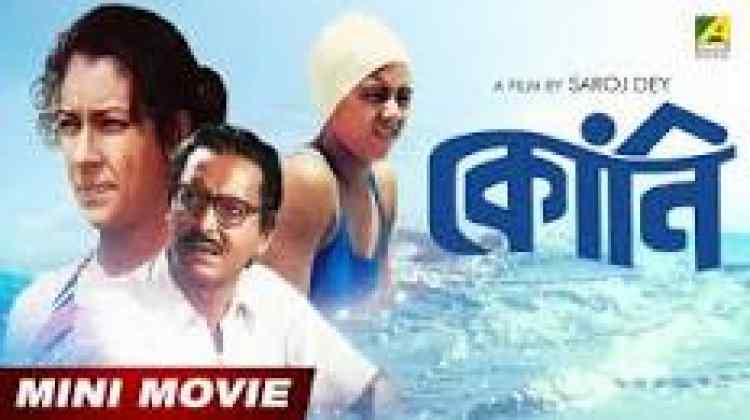
***
Reference:
1. [1] Bora, Abhijit and Perosh Jimmy Daimari, Sports Films for Social Message Communication, School of Humanities and Social Sciences, Tezpur University, Napaam, Tezpur – New Media and Mass Communication www.iiste.org ISSN 2224-3267 (Paper) ISSN 2224-3275 (Online) Vol 6, 2012.
About the author: Dr. Shoma A.Chatterji is an Indian film scholar and author based in Kolkata
What's Your Reaction?









































